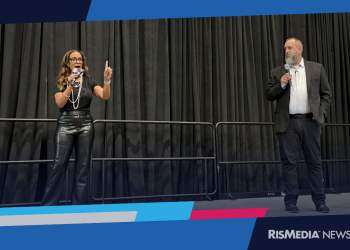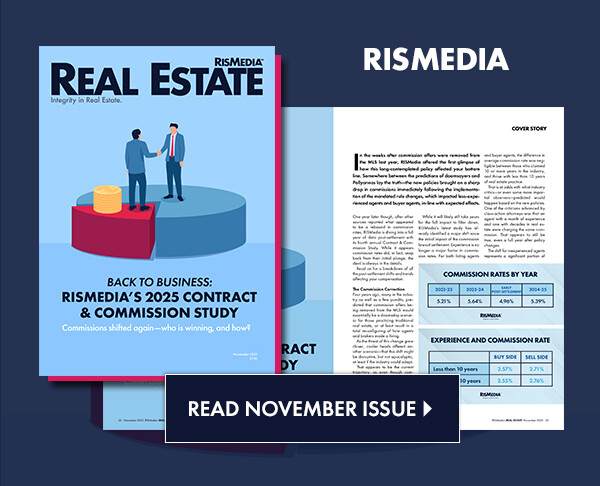Annual inflation edged higher but was in line with expectations in July, showing some impact from tariffs, as seen in the Bureau of Labor Statistics’ Consumer Price Index and now reflected in the Personal Consumption Expenditure (PCE) index from the Bureau of Economic Analysis (BEA). Both are primary inflation measures with the PCE favored by the Federal Reserve.
The PCE price index posted a monthly increase of 0.2%, compared to June’s 0.3%. Excluding food and energy costs from the index, the monthly increase was 0.3%, the same as it was in June. The index’s annual inflation was 2.6% in July, unchanged from the rate of annual inflation reported in the June index. Excluding food and energy costs, the annual inflation in the PCE index was 2.9%, slightly higher than the June reading of 2.8%.
Jason Furman, a professor of economic policy at Harvard University, noted in a thread on X that the July index was the fourth month-to-month increase in core PCE inflation. However, he suggested there is reason to be “less worried than (the) headline,” as some of the inflation stems from “transitory tariffs” as well as a “rising stock market.”
Furman also noted that the market-core inflation, “a better predictor of future inflation,” has “moved sideways this year.”
“Tariffs are (hopefully temporarily) pushing inflation up that suggests that underlying inflation is going down,” Furman continued.
Heather Long, chief economist of the Navy Federal Credit Union, took a more cautious tone about inflation and the continuing impact of tariffs. Long stated on X that the PCE index indicates that “inflation has clearly ticked up from the April lows, but the full extent of the tariffs isn’t showing up yet.”
Spending on housing and utilities increased by 11% since June, the third-highest monthly increase in an area of consumer spending behind motor vehicles and financial services/insurance. However, Furman described housing inflation as having “continued its gradual slowing.”
“Overall, there is a reasonable case for dismissing some of the higher headline inflation numbers. But regardless there is still some elevation in inflation, one has to be nervous about transitory theories and the real economy holding up OK,” said Furman in summation.
Federal Reserve Chair Jerome Powell has previously hinted the Fed will likely cut interest rates at its September Federal Open Market Committee (FOMC). At the July FOMC, Fed board members Michelle Bowman and Christopher Waller dissented from the majority and voted to cut interest rates.
This rate cut is not assured, however, to account for data changes. Furman added in his X thread that Powell’s previously suggested course, a rate cut in September and then a wait-and-see approach for the impact of the cut, would be his recommendation based on this PCE Index’s findings.
The Federal Reserve has consistently said that its target for annual inflation is 2%. It remains to be seen how the central bank will adjust monetary policy beyond September if inflation continues to inch up away from that goal.
For the full PCE report, click here.












